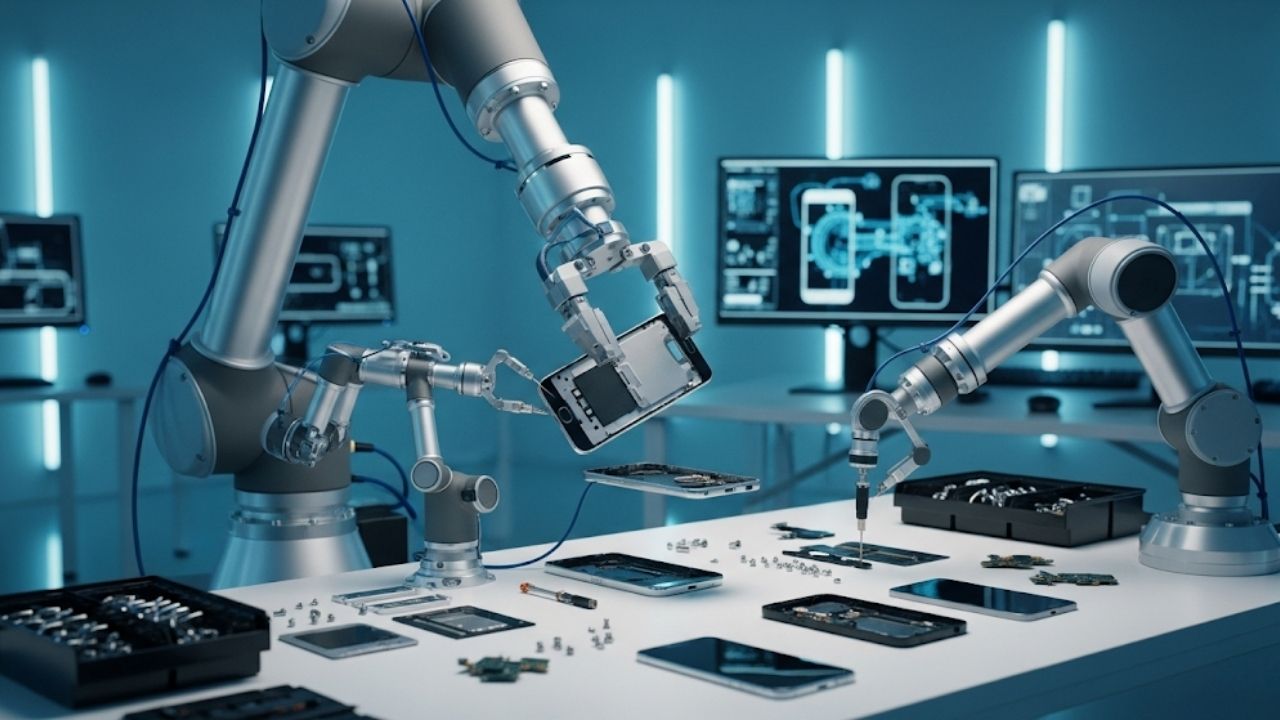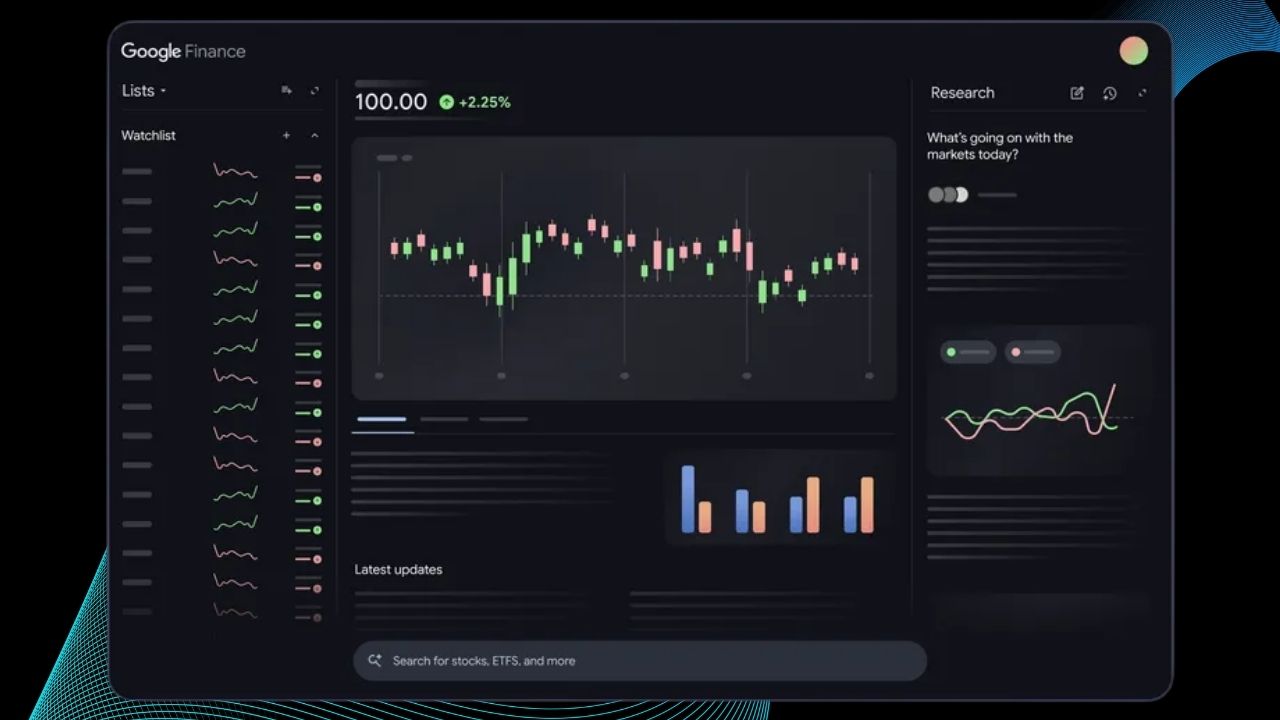Amazon Deploys Its 1 Millionth Robot: Amazon Deploys Its 1 Millionth Robot and Launches New Generative AI Model for Smarter Warehousing—this milestone is not just a testament to Amazon’s technological prowess, but a signal of how automation and artificial intelligence are reshaping the logistics industry worldwide. In July 2025, Amazon reached a historic mark: more than one million robots now work in its fulfillment centers, complemented by a new generative AI system called DeepFleet, designed to make warehouse operations smarter and more efficient.
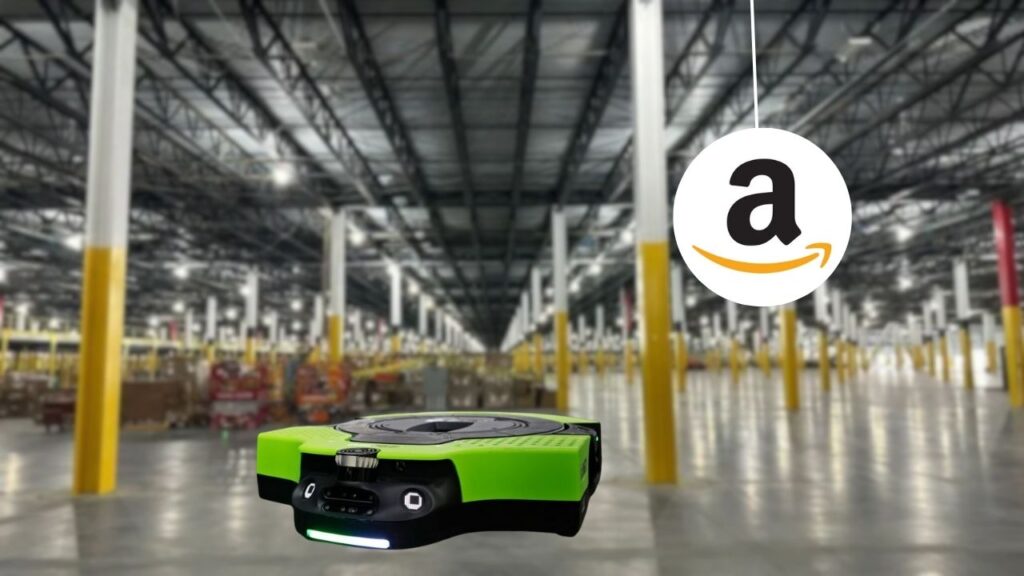
This article provides a deep dive into what this means for Amazon, its workforce, the logistics sector, and the future of global supply chains. Whether you’re a student, a logistics professional, a tech enthusiast, or simply curious about how your online orders are fulfilled, this guide will offer valuable, easy-to-understand insights backed by real data and expert analysis.
Amazon Deploys Its 1 Millionth Robot
| Feature/Stat | Details |
|---|---|
| Robots Deployed | 1,000,000+ (as of July 2025) |
| Human Warehouse Workers | ~1.1 million globally |
| AI Model Launched | DeepFleet (Generative AI for robot fleet management) |
| Efficiency Gain | 10% reduction in robot fleet travel time |
| Automation Coverage | 75% of Amazon deliveries assisted by robots |
| Robot Types | Hercules, Pegasus, Proteus, Vulcan, Digit, Robin, Cardinal, Sequoia, Sparrow, Titan, Xanthus |
| Global Facilities | 300+ fulfillment centers worldwide |
| New Jobs Created | 700,000+ employees trained for technical/maintenance roles since 2019 |
| Official Source | Amazon Robotics Newsroom |
Amazon’s deployment of its 1 millionth robot and the launch of the DeepFleet AI model represent a transformative moment in the history of warehousing and logistics. By combining advanced robotics with cutting-edge artificial intelligence, Amazon is setting new standards for efficiency, safety, and innovation. This shift is not only changing how packages are delivered, but also creating new opportunities for workers, professionals, and the broader industry. As automation continues to evolve, staying informed and adaptable will be key to thriving in the warehouse of the future.
The Evolution of Amazon’s Robot Workforce
Why Did Amazon Invest in Robots?
Amazon’s journey into robotics began in earnest after its 2012 acquisition of Kiva Systems, a robotics company specializing in warehouse automation. The motivation was clear:
- Increase efficiency: Robots can work around the clock, never tiring, and can handle repetitive tasks with high precision.
- Enhance safety: Robots take on physically demanding or hazardous tasks, reducing the risk of injury for human workers.
- Scale operations: As online shopping boomed, especially during the COVID-19 pandemic, automation became essential for meeting surging demand.
Today, Amazon’s investment in robotics represents one of the largest and most advanced automation efforts in the world. The company has spent billions of dollars developing, deploying, and refining its robot fleet, making it a global leader in logistics technology.
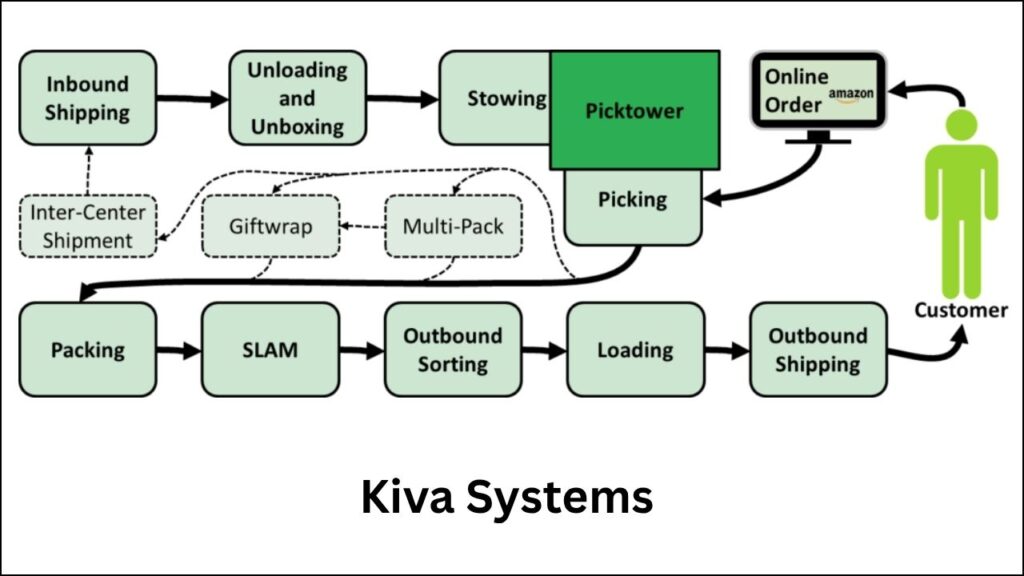
How Many Robots and Humans Work at Amazon?
- Robots: As of July 2025, Amazon operates over 1 million robots across more than 300 fulfillment centers worldwide.
- Human workforce: Amazon employs approximately 1.1 million warehouse workers globally, with its total workforce exceeding 1.5 million when including corporate, delivery, and tech roles.
This near parity between robots and humans in Amazon’s warehouses is unprecedented and signals a fundamental shift in how large-scale logistics operations are managed.
Meet Amazon’s Robots: Roles and Real-World Examples
Amazon’s robot fleet is diverse and highly specialized. Here’s a look at some of the key robots and their functions:
Key Robot Types and Their Roles
- Hercules: Small, squat robots that move entire shelving units (called pods) to human pickers, drastically reducing the distance employees need to walk.
- Pegasus: Agile, conveyor-topped robots that shuttle packages across sorting floors, increasing the speed and accuracy of order processing.
- Proteus: Amazon’s first fully autonomous mobile robot, capable of safely navigating around both people and other robots without physical barriers.
- Vulcan: Advanced picking robots equipped with force sensors and tactile feedback, allowing them to handle delicate or oddly shaped items with care.
- Digit: Humanoid robots currently in pilot programs, designed to unload trailers and handle tasks that require bipedal movement.
- Robin: Robotic arms that use computer vision and suction to sort packages, improving throughput in sorting centers.
- Cardinal: Heavy-lifting robots that can pick up and place large or heavy packages into delivery containers.
- Sequoia: AI-powered storage systems that bring bins (totes) to ergonomic workstations, optimizing the picking process.
- Sparrow: Robots that use suction and advanced vision to pick individual items from bins, handling a wide variety of products.
- Titan: Robust robots built for moving bulkier inventory, such as large household items.
- Xanthus: Modular robots that can be adapted for different tasks, from sorting to transport.
Real-World Example: How Your Order Gets Fulfilled
Let’s say you order a book and a toy from Amazon:
- Hercules brings the shelf containing your items to a human worker or a picking robot.
- Sparrow (or a human) picks the book and toy from the shelf.
- Pegasus transports the picked items to the packing station.
- Robin sorts the packages for the correct delivery route.
- Proteus helps move the packages to the loading dock, ready for shipping.
This seamless collaboration between humans and robots ensures your order is processed quickly, accurately, and safely.
DeepFleet: The Generative AI Powering Amazon’s Robot Fleet
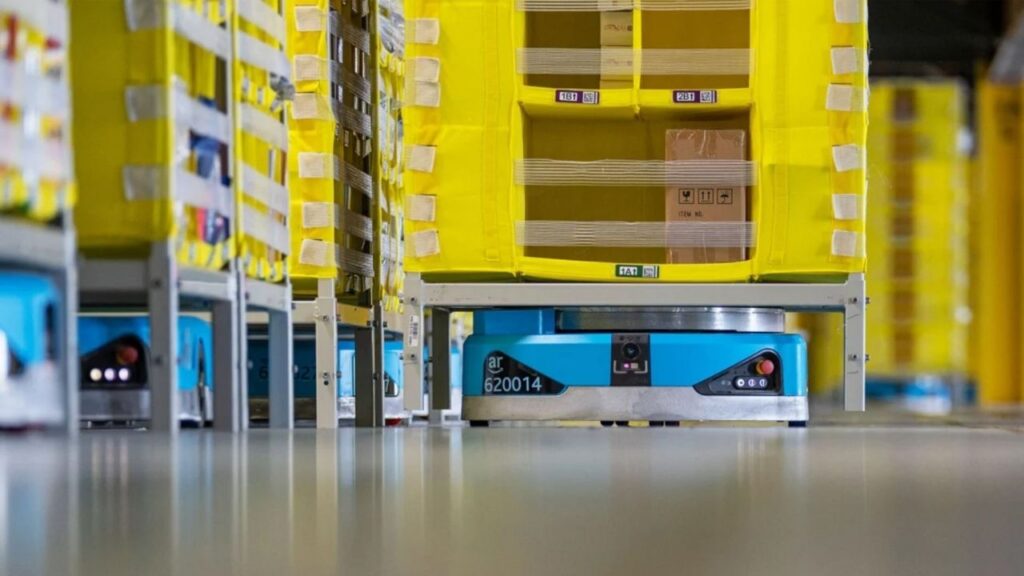
What Is DeepFleet?
DeepFleet is Amazon’s latest generative AI model, specifically developed to manage the complex movement and coordination of its vast robot fleet. Built using Amazon’s own machine learning infrastructure, DeepFleet is designed to act as a real-time traffic controller for robots inside fulfillment centers.
How Does DeepFleet Work?
- Real-time coordination: DeepFleet analyzes data from thousands of robots, dynamically adjusting their routes to avoid congestion and optimize travel times.
- Learning and adaptation: The AI model continuously learns from warehouse activity, improving its decision-making as it processes more data.
- Efficiency gains: DeepFleet has already achieved a 10% reduction in robot fleet travel time, which translates to faster order fulfillment and lower operational costs.
- Safety and reliability: By predicting and preventing potential collisions or bottlenecks, DeepFleet makes the warehouse environment safer for both robots and humans.
Why Is This Important?
As Amazon’s robot fleet grows, the complexity of managing so many moving machines increases exponentially. DeepFleet’s generative AI approach allows Amazon to:
- Scale operations efficiently without adding unnecessary complexity.
- Reduce energy consumption by minimizing unnecessary robot movements.
- Improve customer satisfaction through faster, more reliable deliveries.
Impact on Warehouse Work, Careers, and the Broader Industry
Are Robots Replacing Human Workers?
Contrary to some fears, Amazon’s approach has been to augment human workers, not replace them. Robots handle the repetitive, strenuous, or hazardous tasks, allowing humans to focus on roles that require judgment, creativity, and problem-solving.
Key Workforce Developments
- New technical roles: Over 700,000 Amazon employees have been trained in robotics maintenance, programming, and technical operations since 2019.
- Productivity boost: The number of packages processed per employee has increased dramatically, with robots enabling a safer and more efficient workplace.
- Job transformation: Traditional warehouse roles are evolving. Employees now work alongside robots, manage automated systems, and troubleshoot technical issues.
Practical Advice for Workers and Professionals
- Learn new skills: Robotics, AI, and data analysis are increasingly valuable in logistics and supply chain management.
- Embrace change: Automation is not just about replacing jobs, but creating new career paths in technology, engineering, and operations.
- Stay informed: Understanding how automation works can help workers adapt and thrive in the modern workplace.
Industry-Wide Implications
Amazon’s success with robotics and AI is influencing the entire logistics sector. Other major retailers and logistics companies are investing heavily in automation, leading to:
- Faster supply chains: Automation reduces delays and errors, benefiting consumers and businesses alike.
- Increased demand for tech talent: Engineers, data scientists, and robotics specialists are in high demand.
- Global competitiveness: Companies that adopt advanced automation are better positioned to compete on a global scale.
The Future of Warehousing: What Lies Ahead?
More Automation, Smarter Warehouses
With robots poised to outnumber human workers in Amazon’s warehouses, the future will likely see:
- Even greater efficiency: As AI models like DeepFleet improve, warehouses will become faster and more reliable.
- New types of robots: Expect to see more humanoid and multi-purpose robots capable of handling a wider variety of tasks.
- Expanded roles for humans: People will continue to play a crucial role in managing, maintaining, and improving automated systems.
Potential for Consumer Robotics
Amazon’s expertise in robotics could soon extend beyond warehouses. The company has already introduced home robots like Astro, and future developments may bring even more advanced robots into everyday life, offering convenience and efficiency for consumers.
Amazon Teams Up With Anthropic to Build an AI Super Hub With New Data Centers
Amazon Unveils Project Rainier—Massive AI Chip Cluster to Train the Future of Machine Learning
Grammarly Acquires Superhuman to Power Next-Gen AI Writing and Email Productivity Platform
FAQs About Amazon Deploys Its 1 Millionth Robot
Q: Will robots eventually take over all warehouse jobs?
A: No. While robots handle many repetitive and physically demanding tasks, humans remain essential for roles that require judgment, creativity, and complex problem-solving. Automation is transforming jobs, not eliminating them entirely.
Q: How does DeepFleet make warehouse robots more efficient?
A: DeepFleet uses generative AI to coordinate robot movement, reducing travel times by 10%, preventing congestion, and optimizing the flow of goods through fulfillment centers.
Q: What new career opportunities are emerging due to warehouse automation?
A: Automation is creating demand for robotics technicians, AI specialists, data analysts, and engineers. Many Amazon employees have transitioned into these technical roles with company-provided training.
Q: Is warehouse automation making work safer for employees?
A: Yes. Robots take on hazardous or repetitive tasks, reducing the risk of injuries and making warehouses safer for human workers.

